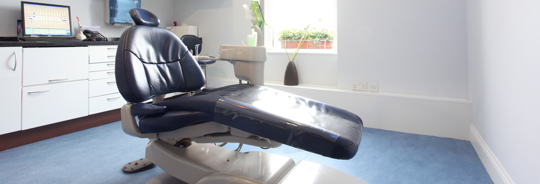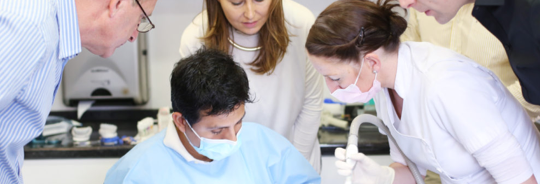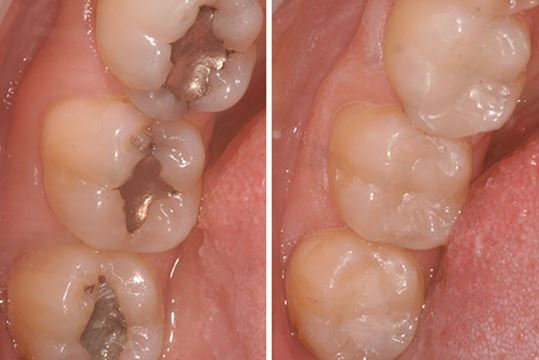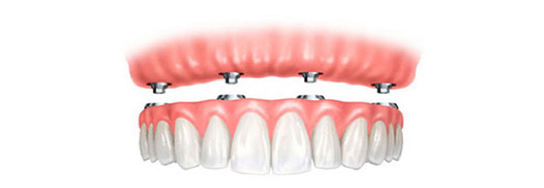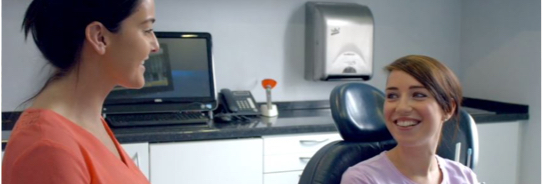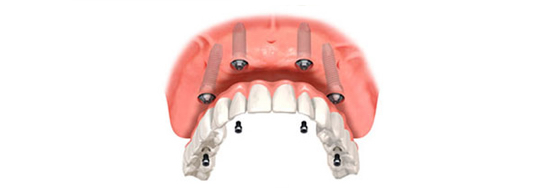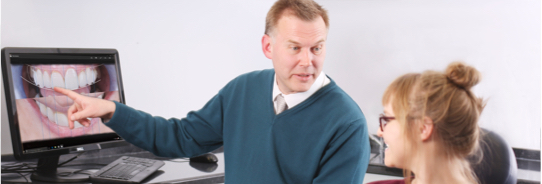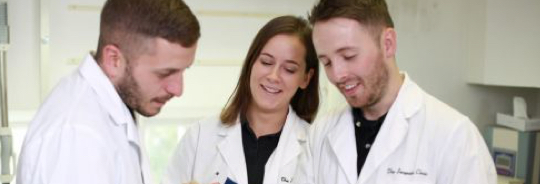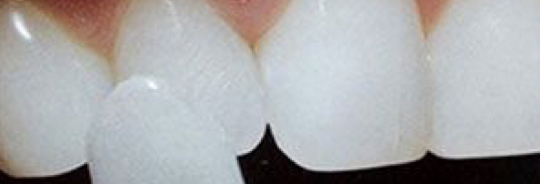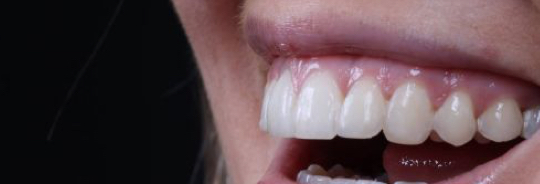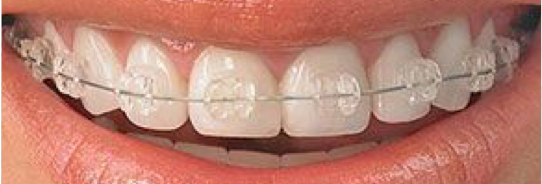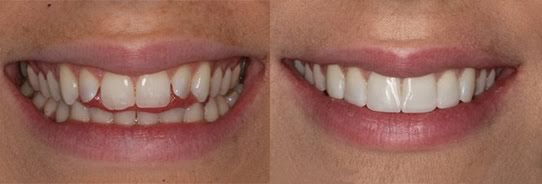
Blog
We post all the latest information here regularly so it's always up to date for you. If there is a topic you would like to have us cover please ask.
22 May 2017
Bone Grafting Explained

What is Bone Grafting?
In some cases, people have been known to suffer bone loss more than others and wearing a denture can even accelerate the process. If there has been a significant loss of bone, this could mean that there may not be enough bone to support a dental implant. In these instances, we would need to perform a bone grafting procedure. This can vary from a simple procedure performed under local anaesthetic in the dental practice or could involve going to hospital for treatment under a general anaesthetic in more severe cases. When we assess you for dental implants, we also measure the bone in all dimensions under a dental CT scan, this is the only way to inspect the bone before implant placement.
There are various techniques to grafting the bone and all will involve slight bruising and swelling for a week or two following the procedure, but rarely does it cause much pain. Swelling and bruising can be reduced with some medications and aftercare. So, what exactly is involved?
Sinus Grafting & Sinus Elevation
This procedure is carried out where the sinus has expanded or the bone may have been lost. This tends to occur in the upper jaw towards the back of the mouth, where the maxillary sinuses are close to the mouth. Over a period of time when a tooth is lost at the back of the top jaw, the sinuses tend to expand further into this area. This means that bone can become rapidly resorbed following tooth loss, causing the sinuses to expand resulting in more bone resorption. When this occurs, there tends to be too little bone to immediately place an implant and sinus elevation procedure is necessary first. The two types of sinus grafting are;
Internal
Internal sinus grafting is performed at the same time as the implant is being placed and through the same hole as the implant. This means that the procedure is far quicker than an external sinus graft and leads to less discomfort and swelling. This procedure is normally carried out when there is still more than 5mm of bone left between the mouth and sinus. This is performed at the same time as the implant is being placed and performed through the same hole as the implant. This means that the procedure can be done more quickly than external sinus graft and leads to less pain and swelling. This procedure is normally carried out when there is still more than 5mm of bone left between the mouth and sinus.
External
With external sinus grafting, the gum back at the side of the sinus is lifted and we place a bone substitute into the void created. Once the graft has matured, usually in 6 months time, we can then place your dental implants. It may sound complicated, but this procedure is incredibly common and only takes an hour. As with any surgical procedure, some soreness and bruising is to be expected. Sinus grafts are vital to the placement of implants at the back of the top jaw. However they do require longer to heal and so can delay the completion of treatment and do involve an additional fee. Your dentist can only know whether you need a sinus graft once you've had an appropriate X-ray. This will usually be an OPG, but more usually a full CT scan.
I’ve had a number of implants placed and it’s changed the way I look at my teeth. If you are considering doing something similar, I would highly recommend it and say go for it.”
Pat, Dublin
Bone Expansion
This is where the bone is soft but may not be wide enough to place an implant. To counter this we can carefully expand the bone and doesn't lead to any bruising or swelling. This technique is frequently used in the top jaw where the bone is softer.
Block Grafting
When a large amount of bone is missing, we may require to take some bone from elsewhere and movie it to the area which needs more. This is an increasingly uncommon approach, as it can lead to more discomfort and is only used in extraordinary situations.
Nerve Lateralisation
In some cases, we may be able to avoid grafting in the lower jaw by moving the nerve in the jawbone slightly to the side. This means we can place implants faster than if a graft were necessary. This may result in temporary altered or loss of sensation to the lower lip but it will almost always return can cause no long term effects.
What Materials Are Used?
Several elements are included in making a bone graft. these range from artificial and are made combining calcium and phosphorous, whereas others come from bovine sources. These granules are then placed under the gum and allowed to heal over several months, usually resulting in them being strong enough to place implants into. If only a small graft is required, it may be possible to place the implant at the same time as the graft.


